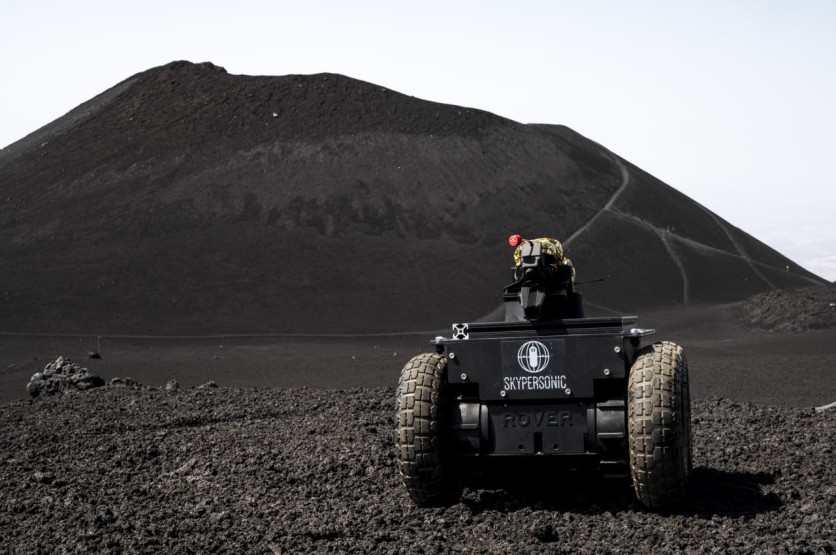NASA and SpaceX are very eager to find out whether there is life on Mars. For instance, NASA's planned Mars Life Explorer will have to dig deeper into the Red Planet to resolve the long-standing mystery of life on the planet. SpaceX, on the other hand, is also looking forward to colonizing Mars in the future.
Indeed, the upcoming Mars missions are exciting. But pretty soon, we could also be seeing some cutting-edge drone technologies exploring the Martian landscape after a skycopter from Skypersonic was successfully tested in a volcano in Italy.
Drones have become very popular in the last few years but taking them to outer space is truly a next-level experience!

Taking The Drone To A Volcano
Skypersonic inked a five-year contract with NASA last year to supply drone and rover technologies for the space agency's simulated Mars mission.
On August 2, the drone tech company revealed that it had successfully validated its software and hardware on an active volcano in Sicily, Mount Ena, whose topography resembles the Red Planet's geology.
The Skypersonic team claimed that during a 15-day test on the active volcano, the "Skycopter" drone could be flown nearly anywhere and virtually any place.
The drone and rover atop the active volcano in Italy were operated in real-time by workers in Houston, Texas, using Skypersonic's cutting-edge Long Range Real-Time Remote Piloting System.
Read also : NASA Perseverance Rover's MEDA Sensor Damaged by Mars Rocks-Reducing Its Efficiency! Can It Still Be Used?
Cutting-Edge Drone
Skycopter uses technology that enables control and tracking of the drone in places where GPS is not available, such as Mars, in contrast to the majority of drones, which cannot be flown without connecting to the GPS network.
Does this mean that the drone is ready to fly to Mars?
Well, not yet. According to Skypersonic's CEO Giuseppe Santangelo, the employment of their technology during NASA's next yearlong Mars mission simulation will be the technology's final test on Earth.

"We are confident of also passing this test. During the simulated Mars mission, four crew members living and working in a 1,700-square-foot module on Earth, called Mars Dune Alpha, will carry out a series of missions - including remotely guided exploration and collection of specimens from rugged terrain elsewhere on Earth, up to thousands of miles away," Santangelo said in a statement.
As of writing, the exact date for the simulated Mars mission is yet to be revealed.
This article is owned by Tech Times
Written by Joaquin Victor Tacla
ⓒ 2025 TECHTIMES.com All rights reserved. Do not reproduce without permission.




